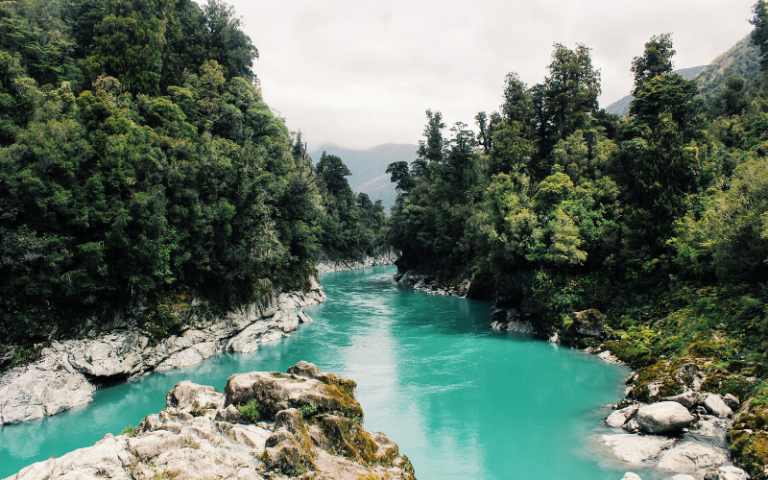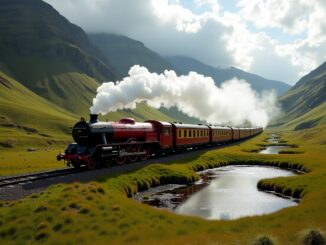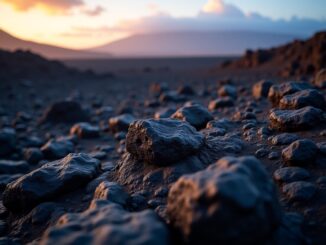Large rivers that flow uninterrupted from their origin to their mouth are now rare. A study published in Nature shows that two thirds of the longest rivers on Earth suffer one or more "setbacks". This is due to the presence of dams, reservoirs, flow regulation interventions or other forms of artificial dams. Based on this data, it is clear that we need a change. In fact, we must consider that large waterways provide food security for hundreds of millions of people.

Large rivers that flow uninterrupted from their origin to their mouth are now rare. A study published in Nature shows that two thirds of the longest rivers on Earth suffer one or more “setbacks”. This is due to the presence of dams, reservoirs, flow regulation interventions or other forms of artificial dams.
Only 37% of rivers longer than 620 miles are still free to flow unimpeded along their entire length. In addition, only 23% flow uninterrupted to the sea. Based on this data, it is clear that we need a change. In fact, we must consider that large waterways provide food security for hundreds of millions of people.
They provide fertile sediments for agriculture, mitigate the effects of drought and flooding and contribute to the health of their ecosystems.
The Census of Large Rivers
The map showing the state of the Earth’s freshwater networks was developed by a group of researchers at McGill University (Canada). In ten years of work they collected data on about 7.5 million miles of rivers, for a total of 300,000 rivers.
On 246 rivers longer than 620 miles, 90 (i.e. 37%) run free without interruption. On the other hand, the others are hampered in their flow by hydraulic engineering works. The purpose of human intervention is hydroelectric power generation, water supply, or sediment recovery.
Most of the long rivers still free to flow are in remote regions of the Arctic, Amazon, and Congo. However, right in the Amazon basin there will be a boom in hydraulic engineering works for hydropower generation. In the most densely populated areas of the Planet, very few uninterrupted rivers remain. Among these there are the Irrawaddy (Myanmar) and the Salween (Southeast Asia).
To meet their needs, people have built 2.8 million dams and 3,700 are currently under construction. The shorter rivers are the least “interesting” because of their size. In fact, 97% of those between 6 and 60 miles in length still flow uninterrupted.
More Respect for the Environment
Climate change and soil consumption will make the situation worse. In order not to drain the lifeblood that irrigates the Earth, we must combine human needs and respect for ecosystems. Among the various purposes for which we use water, hydroelectric power generation is the one that can lend itself to the greatest (and best) changes. Wind and solar energy production, in fact, if properly managed, is a better option in the direction of respect for rivers and for the communities, cities and biodiversity that depend on them.




